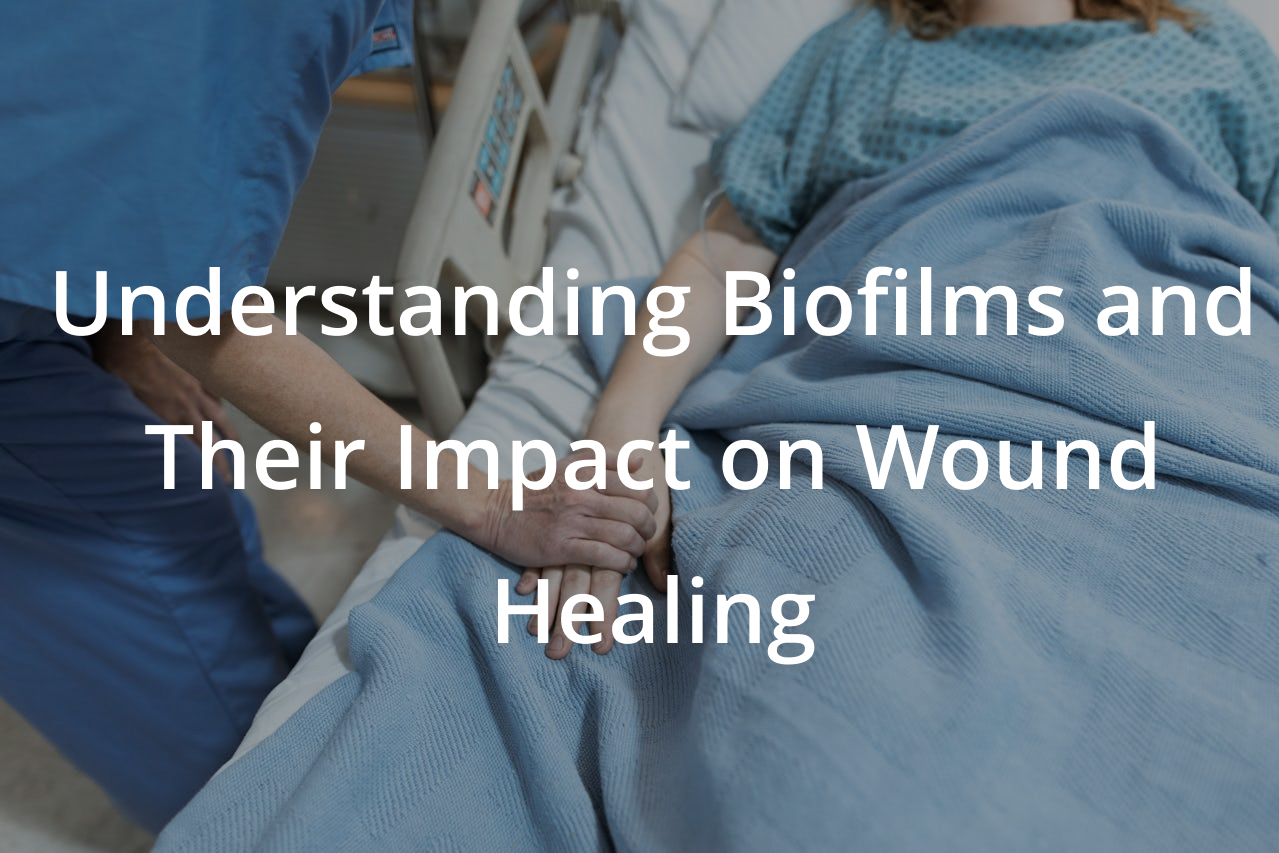Pain management is a critical aspect of wound healing that significantly impacts patient comfort and the overall healing process. Under Dr. Som’s guidance, the Wound Institute prioritizes a patient-centered approach, understanding that effective pain management not only aids in physical recovery but also supports mental well-being. This blog explores the intricate relationship between pain and healing, discusses various analgesic options for different wounds, and highlights the importance of personalized strategies in managing pain.
Understanding the Relationship Between Pain and Healing
Pain as a Signal: Pain is the body’s natural response to injury, indicating something is wrong. At the same time, it is a protective mechanism, and excessive or prolonged pain can interfere with the healing process by causing stress and impairing immune function and wound healing.
Impact on Quality of Life: Beyond physical discomfort, pain can affect sleep, mobility, and daily activities, contributing to feelings of frustration and depression, which can further impede healing.
Analgesic Options for Different Wounds
Topical Treatments: For minor wounds, topical analgesics, such as lidocaine patches or creams, can relieve localized pain without the side effects of systemic medications.
Oral Medications: Non-steroidal anti-inflammatory drugs (NSAIDs) and acetaminophen are commonly prescribed for pain management. For more severe pain, especially post-surgery, more potent analgesics, including opioids, may be necessary under strict supervision to manage dosage and duration.
Alternative Therapies: Techniques such as cold therapy, heat therapy, and transcutaneous electrical nerve stimulation (TENS) can effectively relieve pain and can be used with medication for comprehensive pain management.
Patient-Centered Approaches to Pain Management
Individualized Treatment Plans: Recognizing that pain tolerance and response to treatment vary widely among individuals, Dr. Som and his team develop personalized pain management plans. These plans consider the type of wound, patient health history, and personal preferences to ensure optimal comfort and healing.
Education and Communication: Educating patients about their pain management options and maintaining open communication throughout the healing process empowers patients and fosters a collaborative approach to care.
Holistic Strategies: Addressing the emotional and psychological aspects of living with a wound is as important as managing physical pain. Supportive counseling, stress reduction techniques, and ensuring a supportive environment contribute to a holistic strategy for wound healing and pain management.
Regular Assessment and Adjustment: Pain management strategies may need to be adjusted based on the wound’s healing progression and the patient’s feedback. Regular assessment helps fine-tune the approach and ensure the pain is effectively managed throughout the healing journey.
Conclusion
Effective pain management is a cornerstone of successful wound healing, requiring a nuanced understanding of the pain-healing relationship and a patient-centered approach. Under Dr. Som’s expertise at the Wound Institute, we are committed to providing comprehensive care that addresses both the physiological and psychological aspects of wound recovery. Through personalized treatment plans, patient education, and the integration of both pharmacologic and non-pharmacologic strategies, we strive to ensure that each patient’s journey toward healing is as comfortable and effective as possible.
If you or a loved one are navigating the challenges of wound healing and seeking effective pain management solutions, we invite you to consult with Dr. Som and our team. Together, we can create a tailored approach that manages pain, promotes healing, and improves quality of life. Contact us to explore how our patient-centered strategies can support your healing journey.





